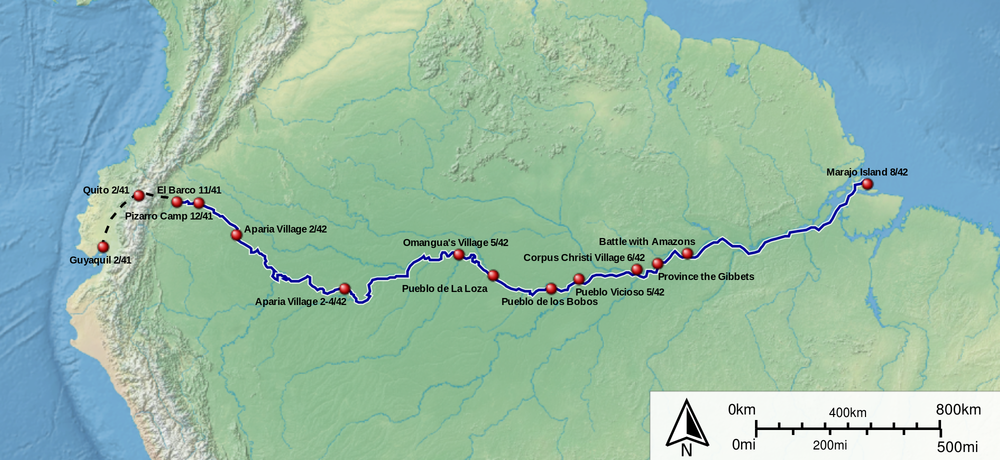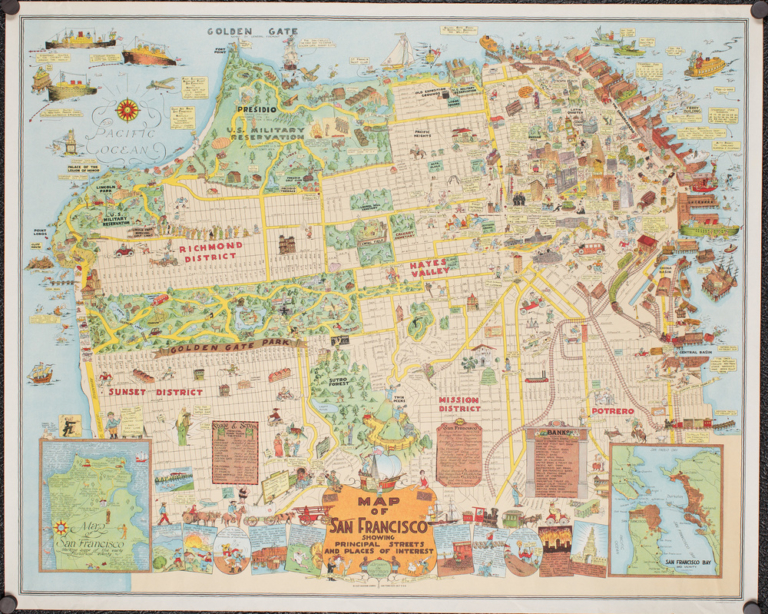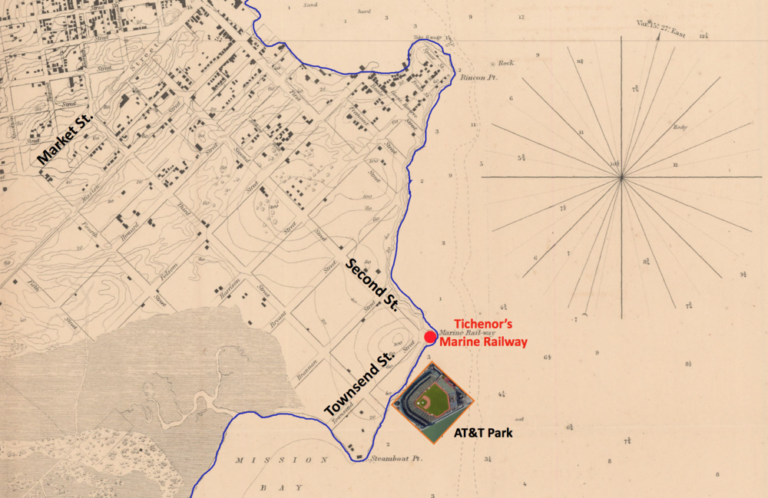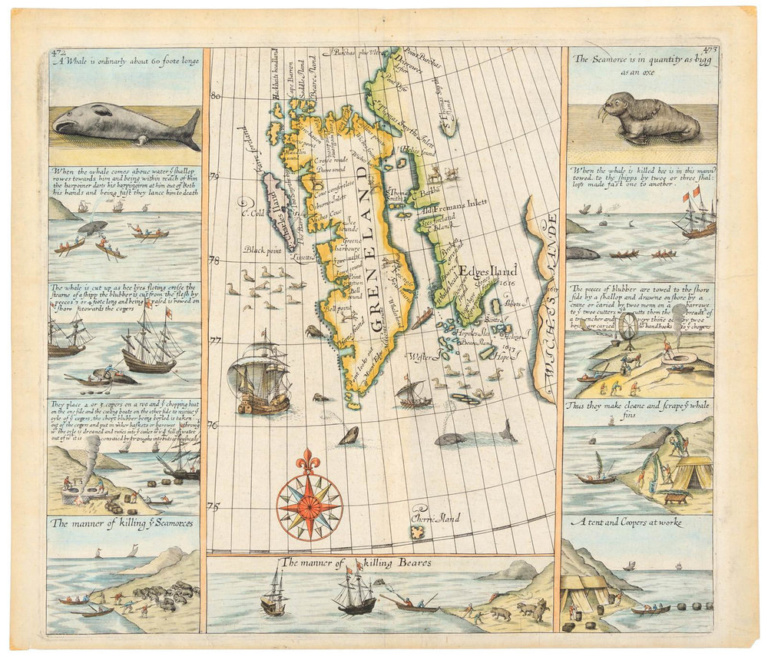In the 21st century, it’s possible that the conquistador Francisco de Orellana is best known from the film Indiana Jones and the Kingdom of the Crystal Skull, in which Orellana is said to have sought the fictional city of Akator, and in whose grave Jones finds the titular crystal skull. But Orellana’s adventures make a good story without adding any fictional elements.

Orellana was a conquistador in the army of Francisco Pizarro in the conquest of the Inca. When Pizarro’s brother, Gonzalo, set out to find the Land of Cinnamon (cinnamon was rare and expensive), Orellana was in his command.
In 1541, Gonzalo Pizarro’s command set out from Quito, in command of about 300 conquistadores and a support train including 4,000 native porters and a herd of 2,000 pigs. It was heavy going crossing the Andes, and then the jungles east of the Andes. At one point, having come to a river—the Coca—Pizarro had a boat built, the San Pedro, to help move supplies. As conditions grew more dire, Orellana was sent ahead to scout downstream, in command of a party of 57, intending to return after a few days.
Orellana did not return to Pizarro’s expedition. Having sailed downstream to the junction of the Coca and Napo rivers, Orellana found the current too strong to return up river. In the face of possible mutiny, Orellana and the expedition decided to continue downstream (with the exception of one man, Hernán Sanchez de Varga, who had made his way through the jungles back upstream to Pizarro’s camp). Fortunately for us, a priest named Gaspar de Carvajal accompanied Orellana and chronicled the journey.
It was December, 1541. The Napo River joins the Amazon. Orellana and his crew continued downstream. It took eight months to reach to open sea at the mouth of the Amazon. In so doing, Orellana and his men were the first Europeans to travel the length of that great river.

Along the way, in June of 1542, Orellana’s expedition fought the Tapuyas, a tribe in which women fought alongside the men. These women warriors recalled the Amazons of Greek myth, and the great river that Orellana traveled—which was named “Rio de Orellana” for a time—was given the name “Amazon.”
Gonzalo Pizarro returned to Quito with about 80 survivors of an expedition that had started with over 4,000 people. By contrast, Orellana was able to return to Spanish possession in Venezuela with 47 of his original command of 57, sailing along the Atlantic coast until reaching Cubagua Island —one of the great feats of survival in the history of exploration.



